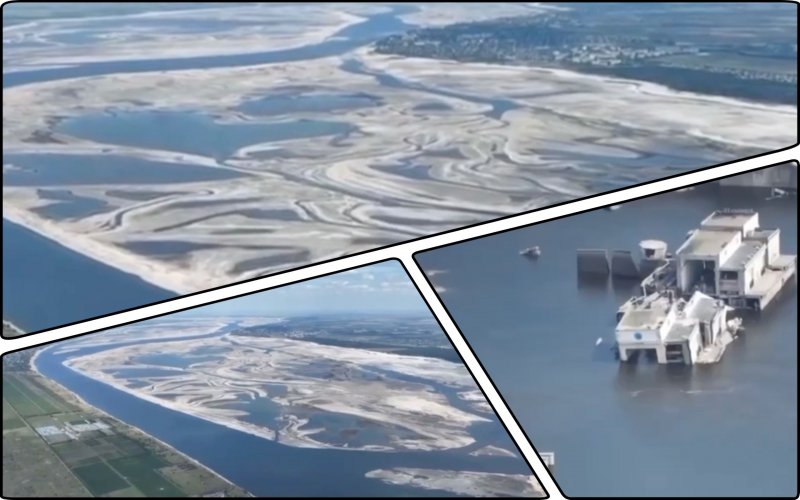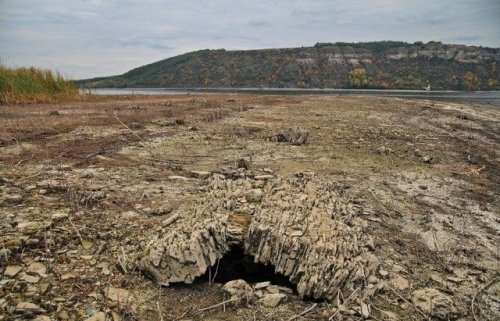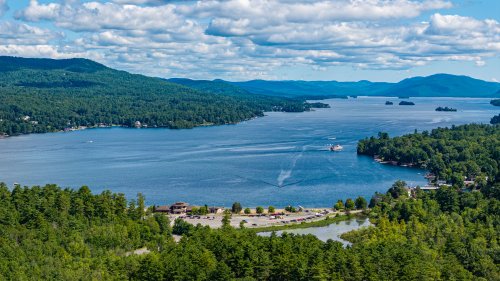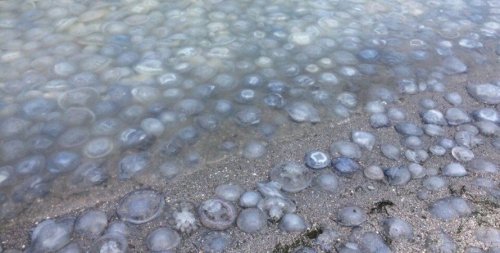Two months later, after the occupiers blew up the Kakhovskaya HPP, the reservoir completely silted up, and its bottom is covered with numerous canals and lakes.
The video taken from the drone was published in his Telegram by the head of the President's Office, Andriy Yermak.
The video shows the main river Dnieper and a network of smaller channels. It was also possible to film the ruins of a partially flooded hydroelectric power plant.
In July, Minister of Environmental Protection and Natural Resources Ruslan Strilets stated that it will take at least 10 years to restore ecosystems after the explosion of Kakhovskaya HPP.
However, environmental activists suggest that the natural ecosystem can recover more quickly. After all, on the territory of the Oskil reservoir, the dam of which the occupiers blew up in April 2022, natural landscapes began to recover. For the first time in a long time, waders-magpies, which are listed in the Red Book of Ukraine, have returned to the ecosystem. In addition, the bottom of the former reservoir is overgrown with plants, of which botanists counted 63 species.
Earlier, EcoPolitic wrote, that after the detonation of the hydroelectric power plant near the occupied Energodar in the Kakhov reservoir, the water completely disappeared, and the territory turned into a desert.
Previously, about the complex consequences for the environment of the disaster at the Kakhovskaya HPP, EcoPolitic spoke with the head of the ecomonitoring committee of the PAEW Association of Environmental Professionals, Maksym Soroka.





